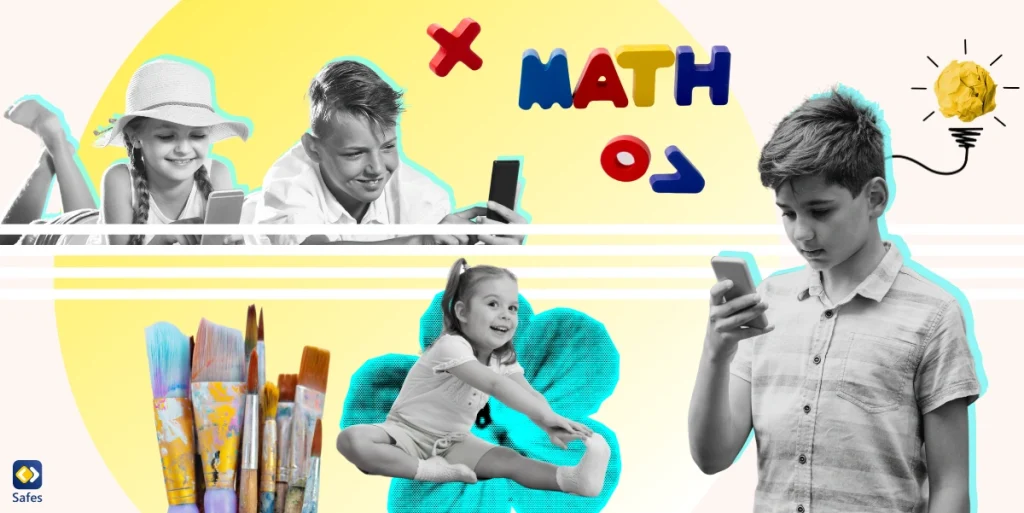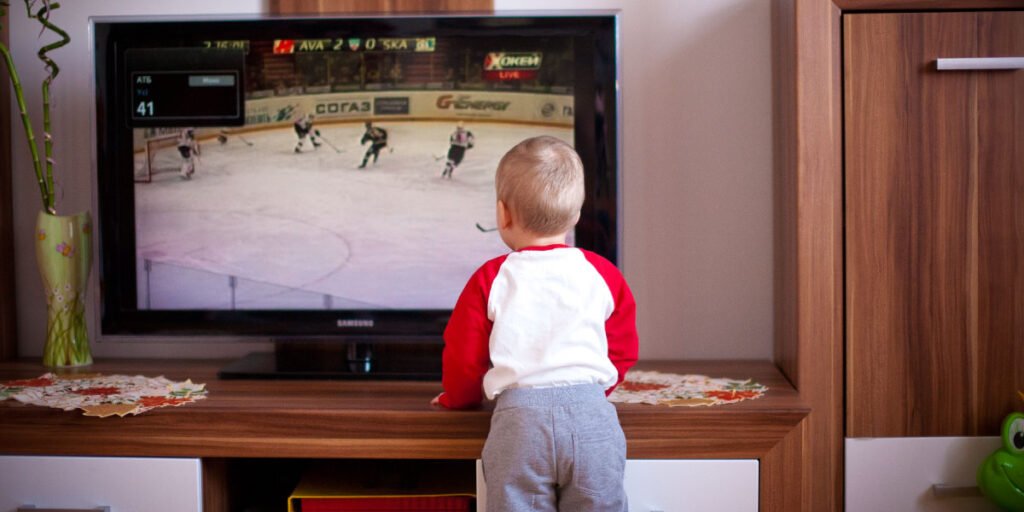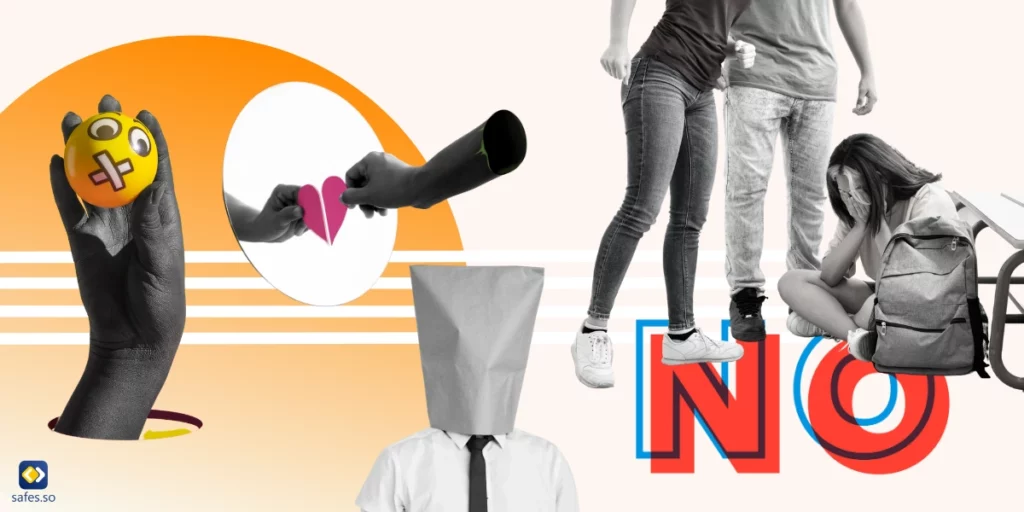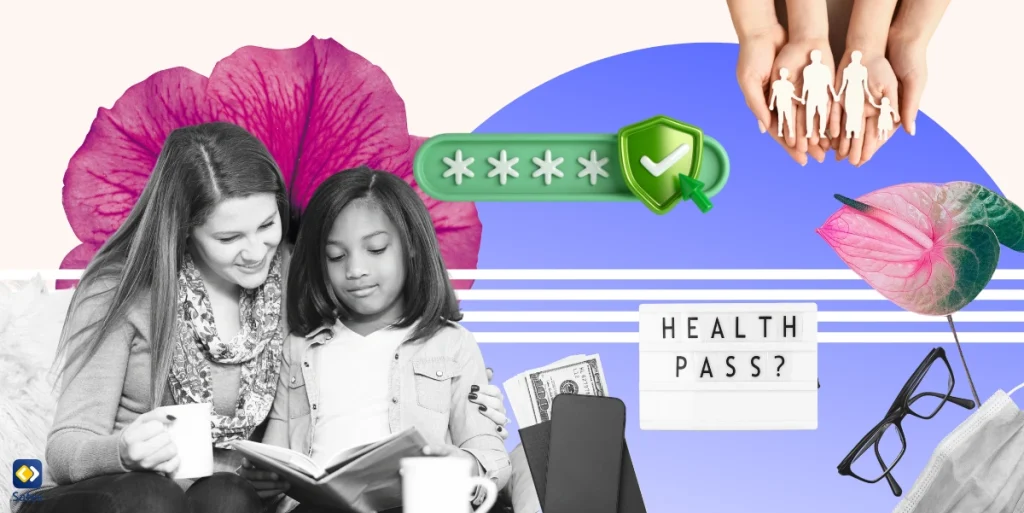Nowadays, platforms like YouTube, have a lot of benefits for teenagers. For example, they can watch educational videos for free. Another benefit of social media is that they can stay connected with friends and family. A big problem is that banning phones, tablets, and computers that let teenagers gain access to social media doesn’t work. You need to start teaching social media responsibility to teenagers as soon as possible.
Download and Start Your Free Trial of the Safes Parental Control App
Is There a Proper Use of Social Media for Youth?
Teenagers have to learn to be responsible for their social media use because you can’t be there to check their social media constantly. You can’t be there to tell them how much time they should spend on social media platforms, what sort of people they should interact with, etc.
Younger people tend to have more trouble trying to understand long-term risks and rewards. This isn’t specific to social media. This culture of instant gratification leads to many teenagers not being able to see the bad in social media. That’s the bad news.
The good news is that social media can be used responsibly. Teenagers just need to get used to it. If used responsibly, social media can be a valuable learning tool. Think of it as eating chocolate; there’s a huge gap between the first sweet bite and diabetes. But it’s easy to start chewing and forget the need to stop before it’s too late.
How to Use Social Media Responsibly
The first thing you have to do is to talk to your teenage child about media literacy and explain what constitutes responsible use of social media. For example, posting an inappropriate photo or video is certainly not a responsible act. But the funny thing about responsibilities is that the person responsible has to first know about them. You have to make sure that your teenager understands what the rules of the house are; both in the real world and the digital one.
One great way of doing this is by weighing rights and responsibilities. For example, you can make a list of the social media rights your child has, ranging from access to social media to posting photos, to screen time limits. Normally, these are rights that are taken for granted and that’s all right. Your child doesn’t need to earn these rights. Instead, they start with these rights. Bad behavior limits their rights, or in extreme cases takes those rights away from them, and good behavior increases their rights. So, you both have a negative and positive feedback loop at your disposal.
Now make a list of social media responsibilities. These responsibilities will dictate the rules your child has to play by to earn a reward. The rules and responsibilities can also be written in one table, as the example below shows. However, it doesn’t mean there’s a one-to-one correlation between each rule and reward. The point is for your teenager to know what the rules of the game are because it doesn’t make sense to be punished or rewarded when they don’t have a clue what they’re risking.
| Rights | Responsibilities |
| Access to information and entertainment | Being sensitive when making comments |
| Freedom of expression
Social Interaction Anonymity |
Keeping safe (not giving out personal information about themselves or others)
Not bullying or abusing |
Gamifying this process can help get your teenager on the same page as you. But you still have to make the reasons behind this process clear. Explain the pros and cons of using social media. And then explain how using it responsibly can counter the cons. Maybe talk about the dangers of posting children’s pictures on social media or the negative effects of social media on physical health. These can help your teenager understand why learning social media responsibility is necessary.
Does Social Media Have to Be Taught in Schools?
In general, teaching students about social media Etiquette should be part of education in the digital age. Like all education, it can happen both at school and at home. The advantage that schools have over parents is that they can teach a whole group of teenagers at once. Teenagers are much more likely to welcome the idea of responsible use when they see their peers doing it as well.

Rules for Using Social Media Responsibly
Rules might differ in every household, depending on your values, and your child. But in general, there are a few rules you should keep in mind when teaching digital literacy to your child.
Limiting Screen Time
Screen time is a right that young people have, but you can limit the amount of screen time you allow your child. Determining the amount of screen time can be based on how responsible your teenager is. For example, not having a limit is a good idea if they do their homework. If they’re prone to be distracted, it might be a good idea to determine a screen time limit.
Not Sharing Private Information
Sometimes, common social issues among teenagers in the age of the internet make sharing information with their peers easier than with their families. However, teenagers might not always be aware of the dangers of sharing personal information with others on their social media accounts.
This personal information might be shared directly, like giving out their full name to strangers, or indirectly, like posting a picture of where they live on their social media profiles. The things your kid should not post on Instagram or other social media sites should be made clear to them. It’s not a bad idea to also have a chat about how much privacy should a teenager have on the internet. They should also know that whatever they post online has a digital footprint and can have a negative impact on their future life.
Not Bullying
It’s not impossible for your child to bully others. This can sometimes happen accidentally. Teenagers are growing up in a digital environment and are getting used to being anonymous. They might hurt others’ feelings unintentionally. Or worse, they might comment mean things because they don’t fully understand how much it will influence their peer. Try to see what their answer is to how social media affects teenagers’ self-esteem.

Install a Parental Control App
Parental control apps can make enforcing rules much easier than normal. Usually, you’ll have to keep checking on your child to see if they’re using social media. By using Safes, you can:
- Limit your child’s screen time
- Set a schedule for each app
- Instantly block your child’s apps
- Restrict access to potentially harmful content
The best thing is that you enforce all these rules without the need to be in the vicinity of your child. So even when they go to school or to a friend’s house “to do homework,” you can control your child’s social media usage. Since Safes’s schedules and screen time limits can be changed whenever you want, you can use the app as a tool for the positive and negative feedback loops mentioned above.
To learn more about Safes’s features and pricing, feel free to download the app and check out the free trial Safes offers yourself!
Your Child’s Online Safety Starts Here
Every parent today needs a solution to manage screen time and keep their child safe online.
Without the right tools, digital risks and excessive screen time can impact children's well-being. Safes helps parents set healthy boundaries, monitor activity, and protect kids from online dangers—all with an easy-to-use app.
Take control of your child’s digital world. Learn more about Safes or download the app to start your free trial today!




